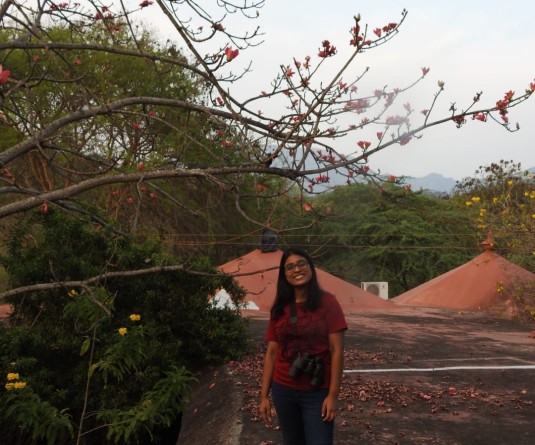
Pangerkumzuk Longkumer
The recent explosion of AI-generated Ghibli-style art has left the internet mesmerized. Social media platforms are flooded with stunning images that capture the essence of Studio Ghibli’s whimsical landscapes, enchanting characters, and signature hand-drawn aesthetic—all created at the click of a button. But while the allure of AI-generated art is undeniable, there’s a darker undercurrent to this technological marvel.
As a cybersecurity professional, I don’t just admire technology—I scrutinize it. AI art generators are revolutionizing the creative landscape, but beneath the surface lies a web of ethical, legal, and security concerns that most users fail to consider.
The Double-Edged Sword of AI Creativity
AI-driven art tools leverage powerful machine learning models trained on vast datasets. These datasets often include artworks from various sources, sometimes without explicit permission from the original creators. While proponents of AI art argue that it democratizes creativity, skeptics—including many in the art and cybersecurity communities—see it as a looming threat.
The Pros: Why AI Art is an Exciting Leap Forward
• Unprecedented Accessibility: With AI, anyone—regardless of artistic ability—can generate breathtaking artwork. This lowers the barrier to entry for creatives and expands opportunities for storytelling, concept design, and digital marketing.
• Rapid Iteration & Inspiration: Artists can use AI to brainstorm ideas, refine compositions, and push creative boundaries without starting from scratch. Think of it as a tool, not a replacement.
• Cost-Effective Production: Businesses, content creators, and even indie game developers can generate high-quality visuals without hiring expensive artists, reducing production costs significantly.
The Cons: Where the Real Threats Lie
• Data Privacy Nightmares: The datasets fueling AI art models often scrape images from across the internet. How many of these images were obtained with proper consent? If your work is in the mix, should you be credited—or even compensated?
• Intellectual Property Theft: Studio Ghibli’s distinctive style is their intellectual property. If an AI model replicates it too closely, does that constitute artistic inspiration or blatant copyright infringement? Where do we draw the legal line?
• Deepfake & Misinformation Risks: AI-generated visuals aren’t just about pretty pictures. The same technology could be used for malicious purposes—creating fake historical images, propaganda, or even hyper-realistic deepfakes designed to manipulate public perception.
• Job Displacement & The Devaluation of Human Craftsmanship: The rise of AI art threatens traditional artists and illustrators, many of whom dedicate years to mastering their craft. Are we witnessing a digital renaissance, or are we undermining the very essence of human creativity?
The Hacker Mindset: What Should We Be Asking?
In the world of cybersecurity, we operate on a simple rule: Question everything. AI art is no exception. If we blindly embrace this technology without understanding its inner workings, we risk walking into an ethical minefield.
Before we celebrate AI’s ability to mimic beloved art styles, we must ask:
• Who trained this AI, and what datasets were used?
• Does this tool respect artists' rights, or does it exploit their work?
• Could this technology be weaponized for fraud, misinformation, or cybercrime?
AI, like any innovation, is a tool—it’s neither inherently good nor evil. Its impact depends entirely on how we wield it. Artists, developers, cybersecurity experts, and policymakers must collaborate to ensure that AI serves as a force for creativity rather than a machine-driven art heist.
The Future of AI Art: Coexistence or Conflict?
The debate surrounding AI-generated art is far from over. Will AI and human artists find a way to coexist, with technology serving as an assistant rather than a replacement? Or are we on a path toward a future where human creativity is overshadowed by algorithms?
But more importantly—how much control are we willing to hand over to AI before we lose our own artistic identity? At what point does convenience turn into dependency? And if AI can replicate human creativity, what does that mean for the value of genuine human expression?
What do you think? Is AI art an exciting new frontier, or are we handing over too much creative power to machines? Let’s have the conversation before the line between human and AI artistry becomes permanently blurred. You can share your thoughts via email: contact@pangerlkr.link
Pangerkumzuk Longkumer is a cybersecurity professional, ethical hacker, and founder of NEXUSCIPHERGUARD INDIA. He conducts cybersecurity workshops and penetration testing while advocating for digital ethics and security awareness.




